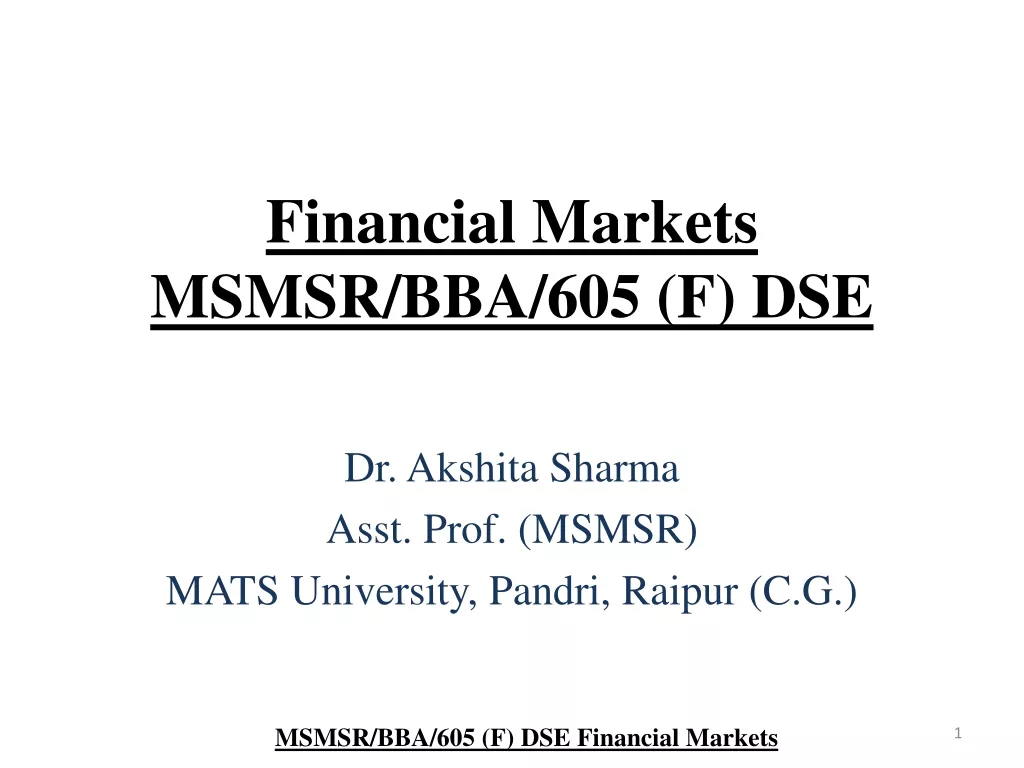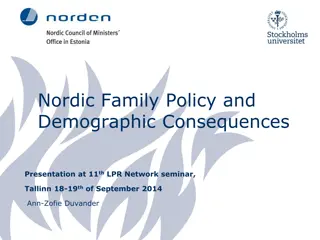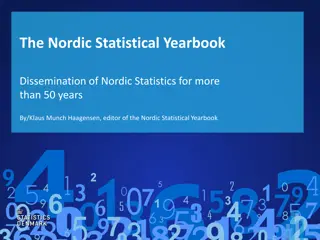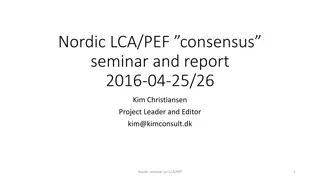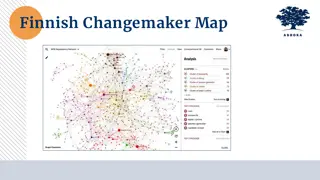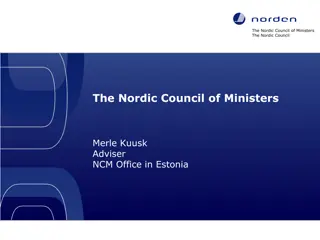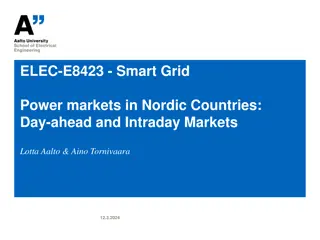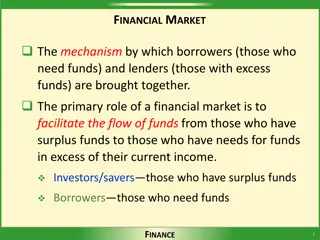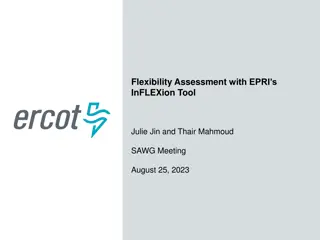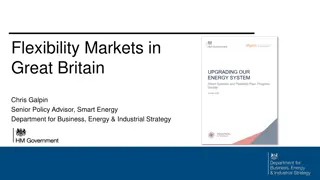
New Flexibility in Power Markets Explained
Discover the challenges and potential solutions in power markets, including the impact of renewable energy, the need for flexibility, and recommendations for market design improvements. Explore insights on market principles, enhancing system services, and coordinating across Nordic countries to optimize revenue sources and reduce pricing distortion.
Download Presentation

Please find below an Image/Link to download the presentation.
The content on the website is provided AS IS for your information and personal use only. It may not be sold, licensed, or shared on other websites without obtaining consent from the author. If you encounter any issues during the download, it is possible that the publisher has removed the file from their server.
You are allowed to download the files provided on this website for personal or commercial use, subject to the condition that they are used lawfully. All files are the property of their respective owners.
The content on the website is provided AS IS for your information and personal use only. It may not be sold, licensed, or shared on other websites without obtaining consent from the author.
E N D
Presentation Transcript
NEW FLEXIBILITY IN POWER MARKETS: WHY AND HOW Helge Sigurd N ss-Schmidt Partner, Copenhagen Economics 14 November 2017
The soon old and soon new world The soon old and soon new world The challenges Historic luxury Very high flexibility from hydro dominating price formation Over capacity driven by RE subsides undermines the economics of flexible thermal power Low coal and gas prices reduce incentives for hydro (re)investments (and in nuclear power) Other sources of flexibility such as demand-side assets not yet on track in bulk numbers (heat pumps, EVs) Massive expansion of intermittent power under way just south of Nordic region with Finland and Denmark a bit on the fringes Thermal power delivering residual power, reserve needs other ancillary services Nuclear power providing base load in Sweden and Finland Result: very flat duration curves and high operational security 2
Massive expansion of wind power in Germany Massive expansion of wind power in Germany Will new German wind power go North Remember: wind in Germany is nearly all in Northern Germany north of the wall Wind and solar 2020 Increase to 2030 Other Circle: Share of wind and solar in total power generation. Bar: Wind and solar generation. Or South? Source: ENTSO-E TYNDP 2016 Scenario Development Report , Vision 3 National green transition. 3
Improving market design is no-regret, but remember market principles Reduce length of trading intervals (e.g. 15 min) Introduce new products and income streams for flexibility and system services Review conditions for demand participation including aggregators and market design DSO reform: role and incentives Harmonise grid tariffs Avoid divergence in market design Adjust price areas as conditions change Improve the functioning of intra- day and balancing markets Stimulate flexible demand Increase opportunities for trade Raise the price cap to (a level closer to) VOLL Ensure institutional anchoring and commitment Clarify market oversight and competition law Improve confidence in scarcity pricing Reduce crowding out Reduce distortion of prices Coordinate across Nordic countries Market prices should be primary source of revenue Ending up with new subsidies as a response to subsidy driven RE Strategic reserve is an option Permanent subsidies for capacity (Capacity markets) 4
Some specific comments on Nordic TSO report/conclusions Key facts/observations Key questions to be explored Recommendations are very open, more direction than specific content. Some elements could be stressed Cost-benefit analysis of grid investments: Strengthened sensitivity test around alternative scenarios including energy policy and external environment? Discount rates for distant benefits to be raised ( stranded assets )? TSO versus DSO role Can local distributed flexibility be relied upon in TSO-level balancing? Risk of e.g. local bottlenecks or local BRPs counteracting the balancing intervention? DSO: active role in balancing? Data access What data is needed, when, and in what time resolution? Balance between access and privacy? Benefits of grid investments increasingly being harvested by third parties e.g. German wind producers: so who puts the money in? Local balance issues on the rise (DG and flexible demand/supply): Challenges traditional hierarchy between transmission/distribution grids Increases need for TSO/DSO coordination (more) Nodal pricing? Increased demand for flexibility and large scope for digitalisation Case for lowering threshold to enter balancing market: how much and co- ordination needs? Cost-benefit analysis of new grid investments more scenario dependent More explicit understanding of interdependencies 5

